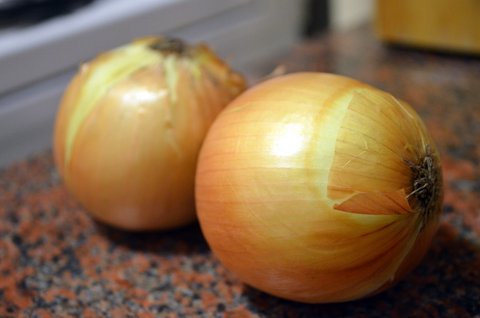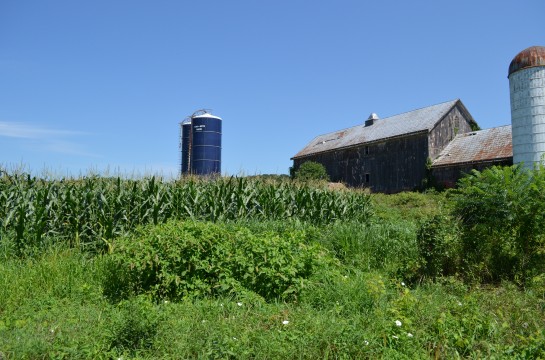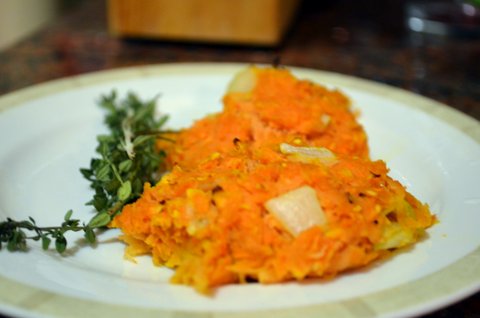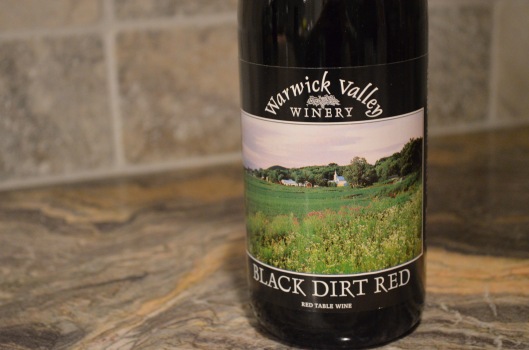It is hard to imagine civilization without the onion. – Julia Child
Onions have been cultivated for 5,000 years. Archaeologists discovered small onions in the eye sockets in the mummy of King Ramses IV who died in 1160 BCE. The pharaohs of ancient Egypt were buried with onions because their layers symbolized eternal life. The fractal circles are like a mirror reflecting itself in another mirror projecting an infinite image. Onions are also the foundation of most savory dishes, bringing sweetness and depth. They are also a huge part of my foundation and I hope they bring the same to me.
I grew up about an hour north of New York City, in Orange County, located within the Hudson Valley. My town, Warwick, has been called the onion capital of the nation. For more than 100 years the fertile black dirt of my home town has produced crops of uncommon flavor and quality which comprise the lion’s share of the nation’s onion market. On windy days growing up we used to have black dirt storms, where even with the windows and doors closed, the whole house would have a layer of black dirt clouding the floor.
The black dirt of Warwick is sometimes called miracle dirt. Through a twist of geological fate, receding glaciers from about 12,000 years ago carved out boggy hollows in the earth that filled with water. In the early 1900s immigrants from Poland, Holland and Germany drained it, and found under it a kind of rich compost twelve to thirty feet deep, made of decayed plants and high in sulfur and nitrogen. The magical part is that this soil has an organic matter component of thirty to ninety percent. Most soil has typically less than ten percent. This black dirt produces onions that are sweet and rich in flavor. The onions grown on the farms are usually storage onions, the kind they sell in the grocery store bundled in a red mesh bag. There are so many dishes that can be made to feature these onions or of which onions are the very base component. They are superior in the kitchen to almost any other onion.
Most of the inhabitants of my hometown are descendants of these initial farmers. This meant that most of our friends growing up were Polish and that we (my siblings and I) could often be found participating in the Polish culture that surrounded the onion harvest (click link for pics of this year’s harvest), or Dożynk, in Polish. Every year, since 1939, you could find most inhabitants of Warwick, Pine Island and Goshen in early September at the Onion Festival. I’m not going to lie and tell you that I don’t know who those nine year olds are dancing the Polanaise in this video on Main Street in my home town. Nor will I claim not to know who the onion princess was that year.
Enough about that. This onion culture helped to foster a delicious Polish food scene as well. There are places to buy homemade soups, pierogies, kielbasa, pies, and all sorts of prepared and preserved meats (seasoned, cured, dried, smoked and marinated). Rarely does my mother begin a story that doesn’t start with “Guess who I bumped into at the Polish market?” and even rarer is the occasion when the answer isn’t “your friend/your brother’s friend/your sister’s friend so and so.” But, I digress. Because it’s Chanukah, I thought I would feature my hometown’s onion in a more traditional dish for me…potato latkes, which features oil, onions and of course potatoes.
Tonight I used sweet potatoes instead of potatoes…and I baked them. I just could not bring myself to fry them after the gym.
- 1 pound potatoes or sweet potatoes grated thickly (this takes so much more effort than you would think, but builds muscle and fortitute).
- 1/2 cup or 1 cup of finely chopped onion
- 1 large egg, lightly beaten
- 1/2 teaspoon salt
- 1/2 to 3/4 cup olive oil
Mix all of the ingredients together and lay them out two spoonfuls at at time on a baking sheet. Preheat oven to 350 degrees, move the rack to the highest rung. This will give them the classic brown, burnt fried look. Bake for 30 minutes then increase the heat to 500 degrees for five minutes. Serve with applesauce for a sweet and savory side-dish, appetizer or dessert.
Addendum: I just found this similar recipe online and I will try it tonight. It looks fantastic, still features the onion, but ditches the classic potato in a twist on the classic that I always crave: Spicy Carrot and Spinach Latkes.




I like how you incorporated fractal imagery. Interesting idea to use sweet potato and to bake them. Xio
Xiomáro | Fotografía | New York www.xiomaro.com | Facebook | Twitter 2012 Visiting Artist at Weir Farm National Historic Site You can help fund my next exhibit: order a print
What a wonderful story, and quite educational. There’s an onion princess? The other day Iearned there’s an Ipswich in Massachusetts and now I learn there’s also a Warwick in New York. The state of Queensland here in Australia has places of the same names, both of which I lived in for almost two years during my chefs apprenticeship back in the early 90’s.
I’ve just added Warwick to my to do list for when we’re in NYC. Looks like I’ll be hiring a car for a little road trip!
I like your use of sweet potato in this recipe!
Thanks for your comment! Ipswich, Mass is so beautiful. If you’re around during the summer you must take your rental car and stay there for a weekend too. One of my favorite writers, John Updike, used to live there. As for Warwick, definitely visit. It’s also known for its apple orchards and I see you are also quite a baker.
How wonderful! And I love that recipe – rather like an Otttolenghi one but he uses cream so it’s not something I’d eat often. Yours, however, I would!
Thanks, Chica. Funny you mention Ottolenghi. I hadn’t read that recipe, but this is something I grew up with from Israel so it makes sense. 🙂 Your post totally brought me back to this one.